Westfjords attractions at a glance
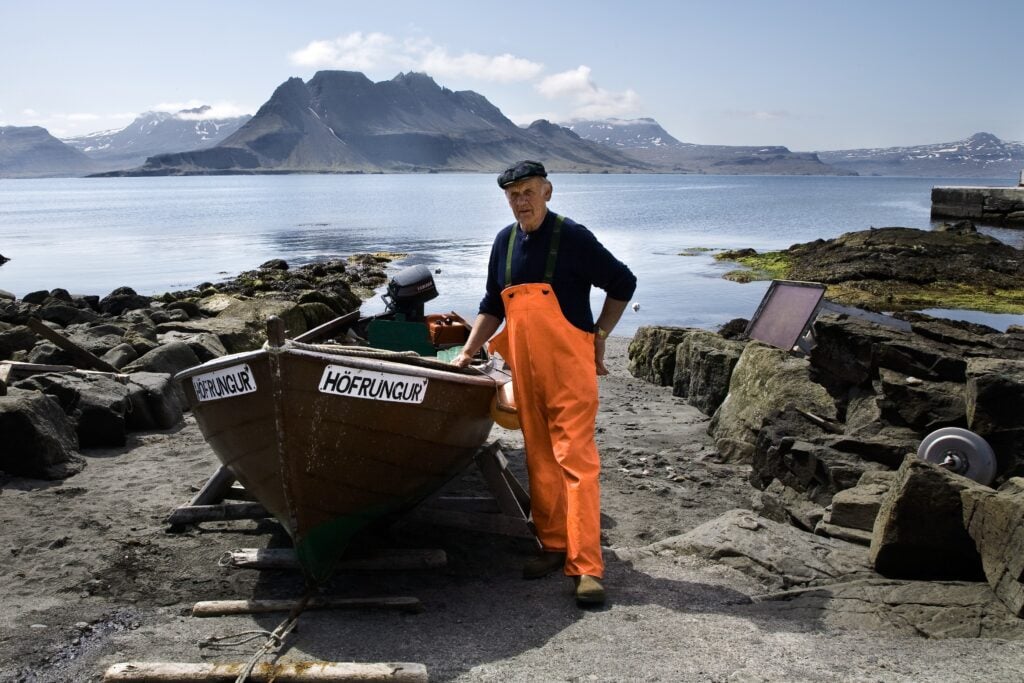 The people of the West Fjords have long been known for their very special social life, with culture and history highly esteemed. In addition, in recent years organised entertainment has increased markedly, with annual festivals such as Sæluhelgi (Family weekend) at Sudureyri, Bryggjuhátíð (Harbour Festival) at Drangsnes, Djúpavíkurhátíð (Djúpavík Festival), Þjóðahátíðinni (West Fjords Feasts of Nations), the Ski Week at Ísafjörður, and Seamen’s Day at Patreksfjörður. In the summer, there are also all kinds of events for all the family. There is a sand castle competition by the shore, walks with experienced leaders who know every bump in the landscape, evenings reliving the cultural heritage, family day on the shore – all of it unforgettable entertainment for young and old. In order not to miss out on anything, it is best to visit the West Fjord Information Centres regularly. Still others think the most fun is to poke around a good West Fjord handicrafts shop and look at the art treasures and mementoes made by the local people. The social life excites others and each town has its own charm and magnetism.
The people of the West Fjords have long been known for their very special social life, with culture and history highly esteemed. In addition, in recent years organised entertainment has increased markedly, with annual festivals such as Sæluhelgi (Family weekend) at Sudureyri, Bryggjuhátíð (Harbour Festival) at Drangsnes, Djúpavíkurhátíð (Djúpavík Festival), Þjóðahátíðinni (West Fjords Feasts of Nations), the Ski Week at Ísafjörður, and Seamen’s Day at Patreksfjörður. In the summer, there are also all kinds of events for all the family. There is a sand castle competition by the shore, walks with experienced leaders who know every bump in the landscape, evenings reliving the cultural heritage, family day on the shore – all of it unforgettable entertainment for young and old. In order not to miss out on anything, it is best to visit the West Fjord Information Centres regularly. Still others think the most fun is to poke around a good West Fjord handicrafts shop and look at the art treasures and mementoes made by the local people. The social life excites others and each town has its own charm and magnetism. 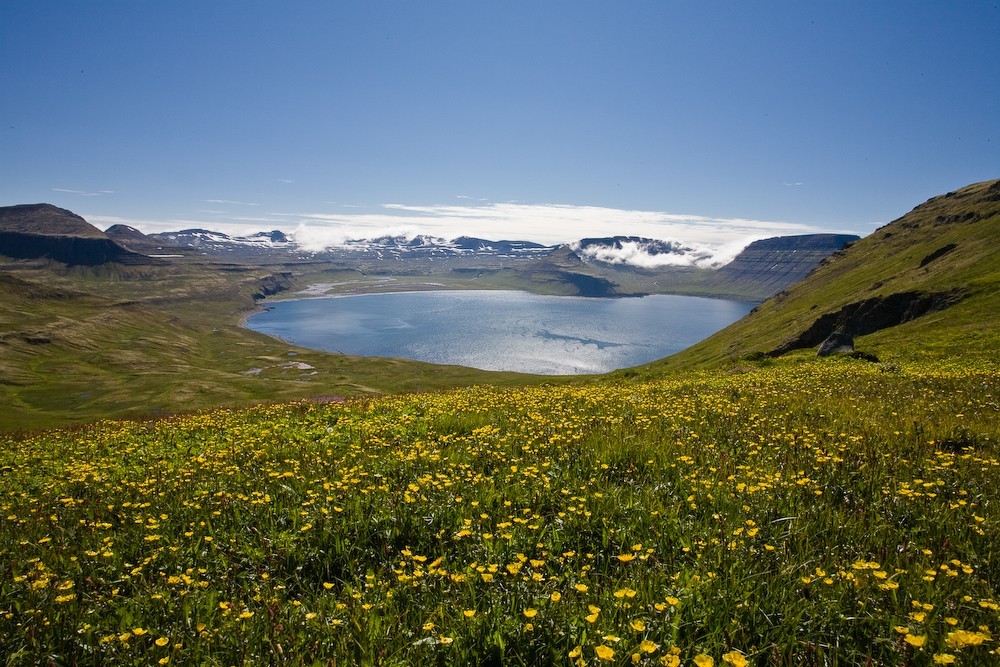
Fishing, golf and swimming
People who enjoy the great outdoors have ample opportunity in the West Fjords. Anglers, young and old, can fish the rivers and lakes, and golfers can usually find a golf course nearby. There are six 9-hole golf courses in the West Fjord Region, three in Ísafjörðar County, two in Barðastrandar County and one in Strandir. Then it is always possible to go for a dip in one of the West Fjord swimming pools. Those who have been there will well remember the large pool in Reykjanes by Djúp or the Krossneslaug pool in Árneshreppur District in Strandir, the first by the Atlantic and the second with the mountain towering over the landscape.
Boat trips, sea fishing and kayaking
Boat trips afford the traveller a chance to approach and experience the impressive natural environment of the West Fjords. In fine weather, taking the boat over Breidafjörður and stopping over on the island of Flatey is an unforgettable experience. Or reliving the atmosphere of past ages and going for a day trip to Hornstrandir or sailing over the Djúp to visit the island of Vigur, where time has almost stood still. On the Drangsnes Peninsula in Strandir, groups can go sea fishing and sailing, or out to the island of Grímsey, known as the pearl of Steingrímsfjördur. Little creates more feelings of freedom, peace and natural beauty in the West Fjords than to paddle silently and with little effort over smooth water in a kayak. In several places it is possible to rent kayaks, and it is also possible to join longer organised adventure trips, among them in Jökulfjörður in the northern part of the Djúp. 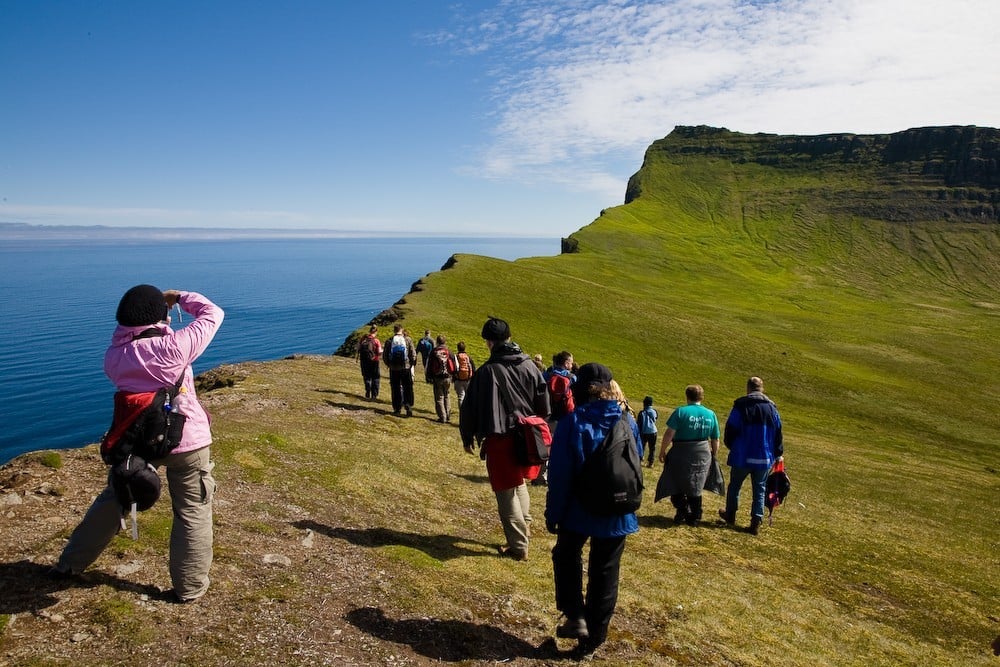
Walking and trips on horseback
The West Fjords offer many and varied possibilities for walking trips and horseback riding. In fact, there are uncountable opportunities to go out on one’s own to enjoy the natural surroundings, discovering gems of nature and places of historical interest almost everywhere one looks. Everywhere there are interesting walks, both along the shore and up into the mountains, both for those who want to climb a harder trail and those who want to take it easy. The wide expanses are breathtaking and it is no trouble to go alone to enjoy the solitude or with your family for an evening stroll or a walk along the shore. The West Fjords Tourist Association has published a map for all areas that shows and describes short walks. The map can be obtained in tourist centres in the West Fjords and other selected shops. It is no less fun to ride horseback. There are several horse rentals in the West Fjords which offer both short and long trips. For the more adventurous who are used to riding, there is an 8-day trip over the uninhabited land around the Drangajökull Glacier, an area that is rewarding to see close-up. 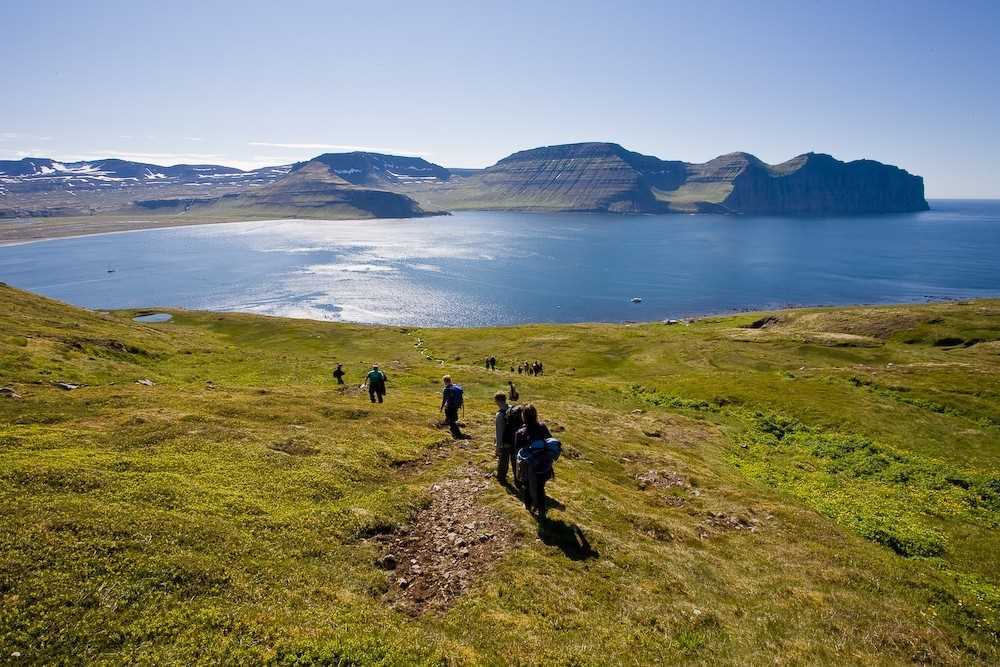
The remains of bygone ages
The traveller in the West Fjords can easily discern the marks of previous habitation. Some of the remains go back to Commonwealth times in the Middle Ages, like the walls of Flókatóftir at Brjánslaekur, which may be the oldest remains of habitation in Iceland. Everywhere there are signs of the lives of past generations. Old boathouses to shelter the ships in winter and fishermen’s turf huts by the seaside, summer pastures and abandoned farms up the valleys. There are interesting museums and exhibits that should not be passed over. There are a great many important artefacts in the Egill Ólafsson Museum at Hnjótur in Örlygshöfn that show the tools and equipment used for farming and fishing. There is also a museum of flight and in Bíldudalur, the Melódíur music museum in a home that is open to guests in the summer. 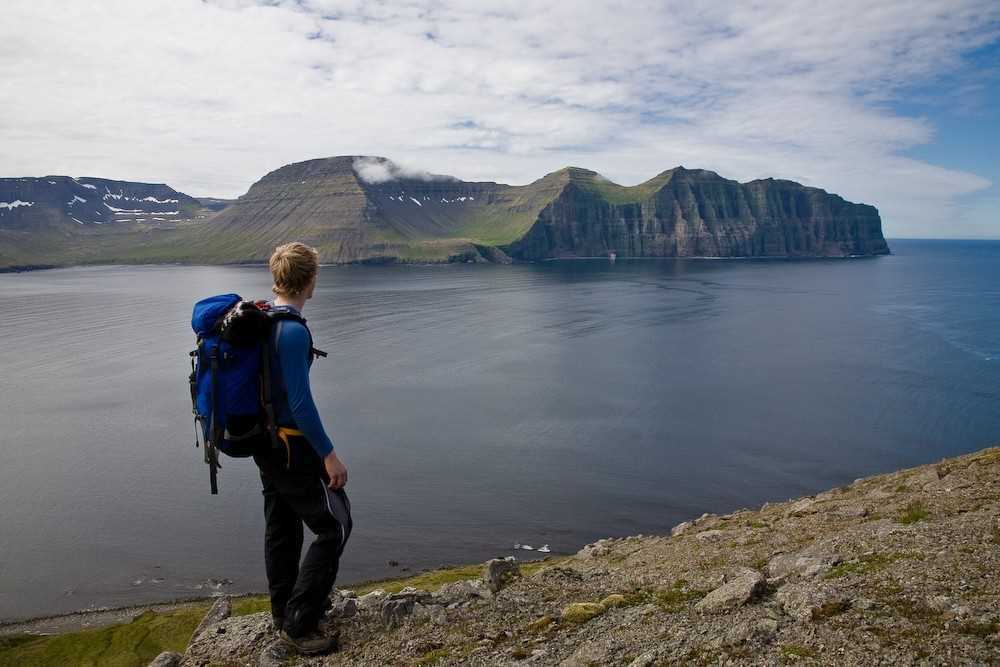 Hrafnseyri on Arnarfjördur boasts the Jón Sigurðsson Museum, where the life and work of this hero of Iceland’s fight for independence is well portrayed. A trip to the doll museum in Flateyri, housing dolls from a great many countries, is fun for all the family. Neðstikaupstaður in Ísafjörður is the site of the most complete grouping of houses from the 18th century in Iceland, all protected by law. There are both commercial buildings and dwellings. Everyone who goes to Ísafjörður should take a trip to Nedstikaupstaður to enjoy going through these houses and the associated Maritime Museum. Bolungarvík has a fine natural history museum. No one will be disappointed by a visit to Ósvör, the restored fishing hut from the time of using rowboats, where the museum director, Geir, will greet you, dressed like the fishermen of the old days. The atmosphere of the museum is impressive. There is also an interesting museum north in Trékyllisvík in Strandir and a handicrafts house at Hótel Djúpavík which shows many of the old relics, pictures and mementoes from the years when the herring catches were huge. The Museum of Sorcery and Witchcraft at Hólmavík, in the Strandir area, demonstrates the seventeenth century belief in sorcery in an informative and lively way.
Hrafnseyri on Arnarfjördur boasts the Jón Sigurðsson Museum, where the life and work of this hero of Iceland’s fight for independence is well portrayed. A trip to the doll museum in Flateyri, housing dolls from a great many countries, is fun for all the family. Neðstikaupstaður in Ísafjörður is the site of the most complete grouping of houses from the 18th century in Iceland, all protected by law. There are both commercial buildings and dwellings. Everyone who goes to Ísafjörður should take a trip to Nedstikaupstaður to enjoy going through these houses and the associated Maritime Museum. Bolungarvík has a fine natural history museum. No one will be disappointed by a visit to Ósvör, the restored fishing hut from the time of using rowboats, where the museum director, Geir, will greet you, dressed like the fishermen of the old days. The atmosphere of the museum is impressive. There is also an interesting museum north in Trékyllisvík in Strandir and a handicrafts house at Hótel Djúpavík which shows many of the old relics, pictures and mementoes from the years when the herring catches were huge. The Museum of Sorcery and Witchcraft at Hólmavík, in the Strandir area, demonstrates the seventeenth century belief in sorcery in an informative and lively way.



